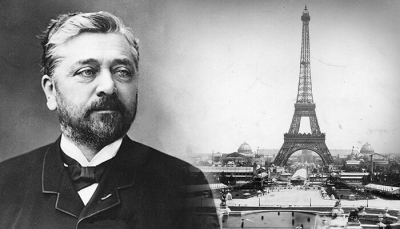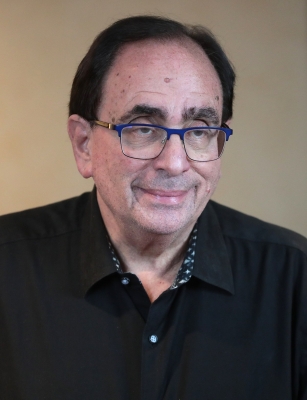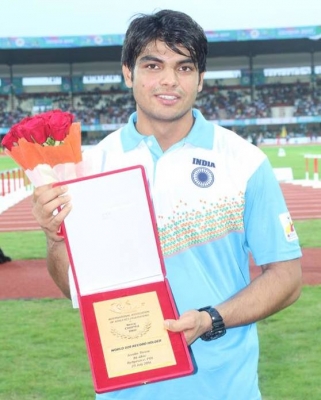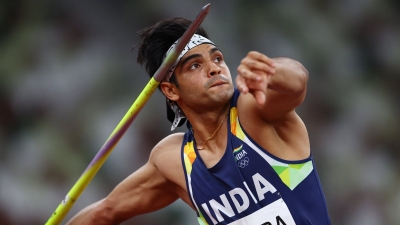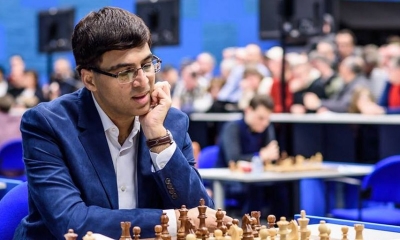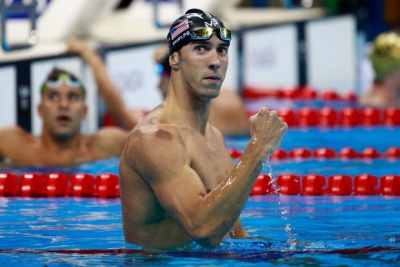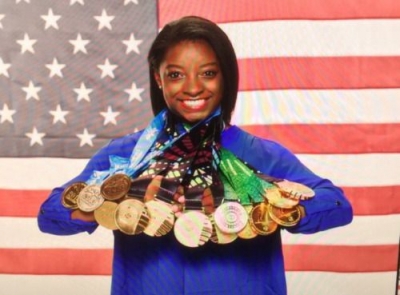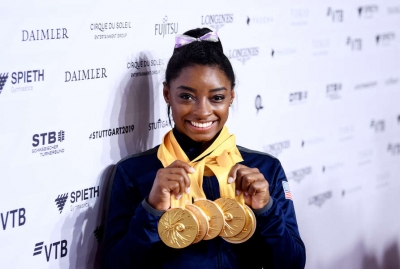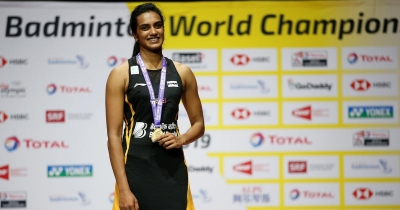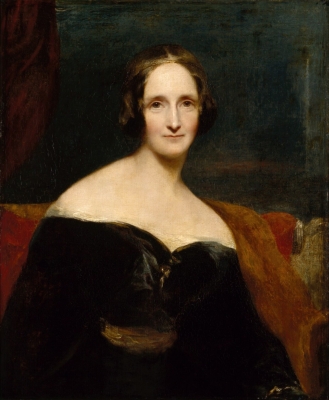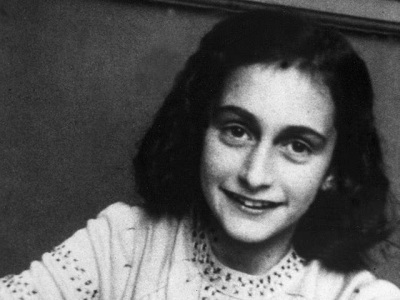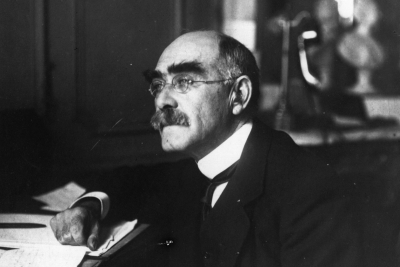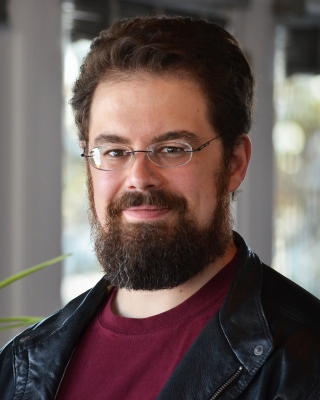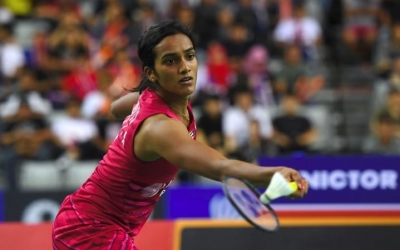
In April 2007, Sindhu had achieved a career high world ranking of 2. She had broken into the top 20 of the world rankings at the age of 17 in September 2012.
Sindhu made her international debut in 2009 at The Sub-Junior Asian Badminton Championships and announced her arrival in the badminton circuit with a bronze medal in her first international competition.
She finished as runner-up in the 2010 Iran Fajr International Badminton Challenge and reached the quarterfinals of the 2010 Junior World Badminton Championships in Mexico. At the age of 17, she won the Asian Junior Championships.
She finished as runner-up in the 2010 Iran Fajr International Badminton Challenge, and reached the quarterfinals of 2010 Junior World Badminton Championships in Mexico. At the age of 17, she won the Asian Junior Championships.
In 2013, she bagged her first Grand Prix win by defeating Singapore’s Gu Juan. At The World Championships in 2013, Sindhu won a bronze medal and repeated the feat the following year too.
In the same year, she was awarded the Arjuna Award, one of the highest honorus for any sportsperson in India.
She competed in Commonwealth Games in 2014, where she reached the semi-finals after losing to Michelle Li of Canada. She became the first Indian to win two back-to-back medals in the BWF World Badminton Championships after her bronze medal finish in 2014 BWF World Championships.
In October 2015 she reached the final of Denmark Open by defeating three seeded players, Tai Tzu-Ying, Wang Yihan, and Carolina Marin, but lost to defending champion Li Xuerui. In November, she won her third successive women's singles title at the Macau Open Grand Prix Gold.
The biggest moment of Sindhu’s career came in the year 2016 when she went on to become the youngest and the first female athlete from India to win a silver medal at Rio Olympics. She was graced with India's 4th highest civilian honour, The Padma Shri Award, later that year.
In 2017, Sindhu won The Indian Open Super Series and later added a silver medal at The BWF World Championships. After reaching the final of the 2018 World Championships, she became the first shuttler in the world to reach the finals of three successive major events.
However, the gold medal remained elusive and she had to settle for a silver each time.
Under the tutelage of coach Pullela Gopichand, the ace shuttler reached the 6th rank of the Badminton World Federation.
In 2018 Sindhu made it to the top 4 of the All England open, before losing to world No.3 Akane Yamaguchi in the semifinal
Sindhu competed at the 2018 Commonwealth Games in Gold Coast, winning gold in the mixed team event and a silver medal in the women's singles event.
Sindhu in the 2018 World Championships won her second consecutive silver medal and her total fourth. On 16 December 2018, Sindhu made history by becoming the first Indian to win the season-ending BWF World Tour Finals tournament in Guangzhou, China.
With earnings of $8.5 million, Sindhu was ranked seventh in Forbes' list of Highest-Paid Female Athletes 2018 based on earnings from prize money and endorsements between June 2017 to June 2018.
Sindhu clinched the silver title in Asian Games 2018 after losing to world number one Tai Tzu-Ying in Jakarta. Sindhu clinched a historic silver medal in Women's Singles Badminton event as she became the first Indian to finish second on the podium in the Asian Games.
Sindhu was brought by the defending champions Hyderabad Hunters in the PBL auctions 2018 and was named as their skipper. She led the team to semi-finals, where they lost to Mumbai Rockets.
Sindhu then reached the quarterfinals of Indonesia Masters, 2019 where she lost to Carolina Marin in two consecutive games.
The biggest disappointment for Sindhu turned out to be her loss in the very first round of the All England Open 2019 to Sung Ji Hyun of Korea in a thriller match.
Credit : Business Standard
Picture Credit : Google
